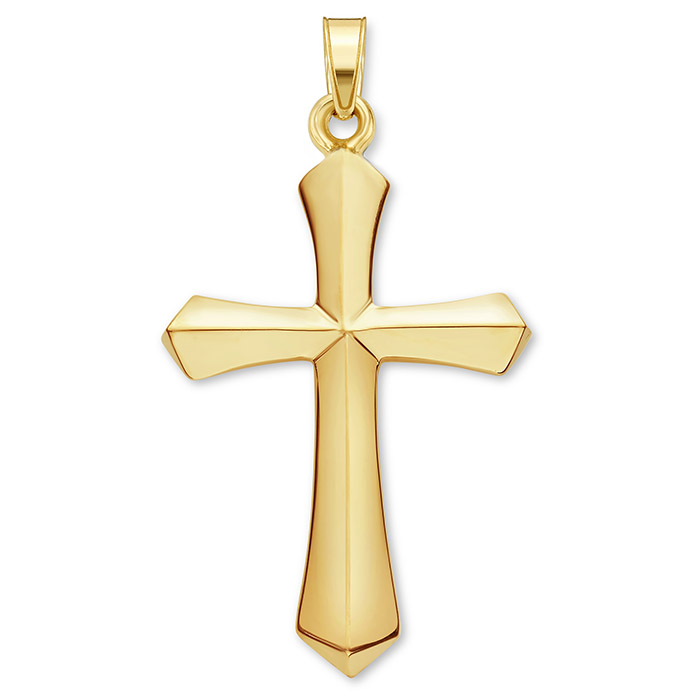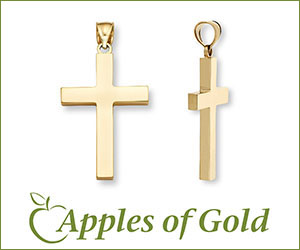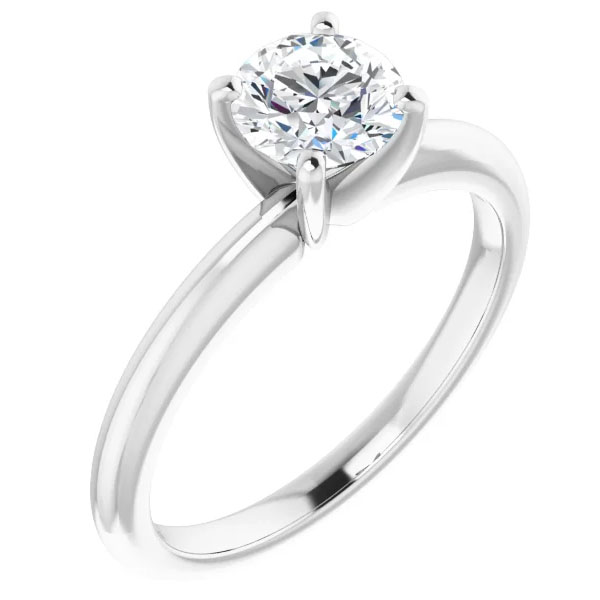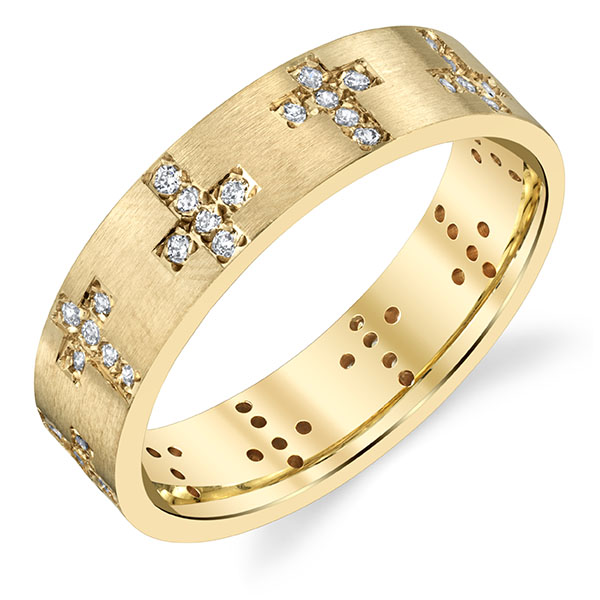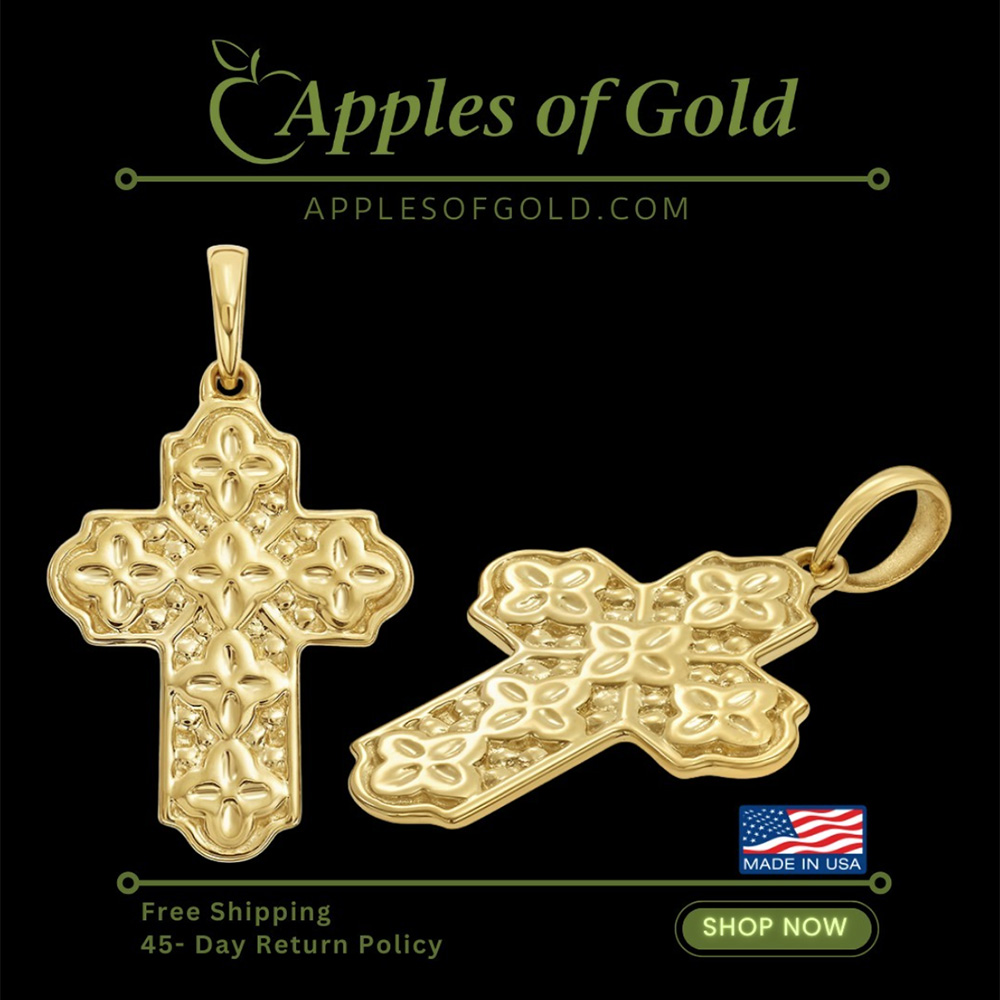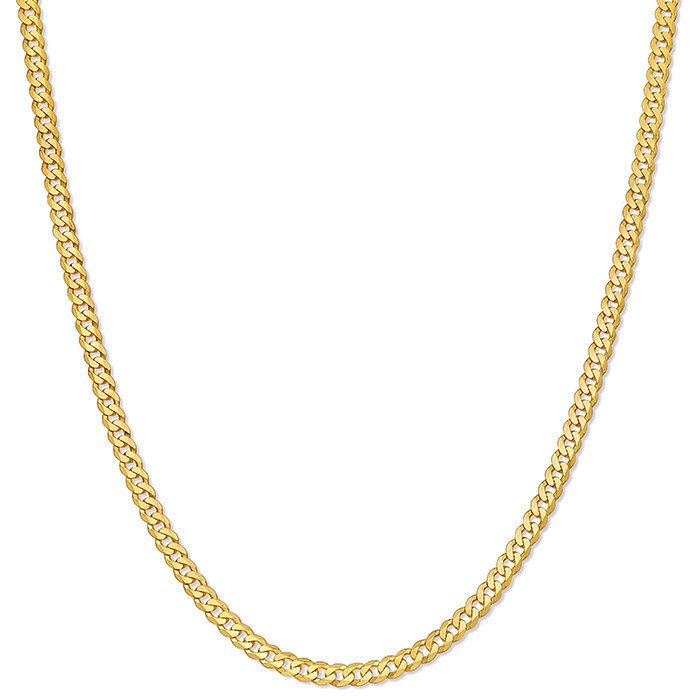The Meaning of the Cross
What is the true meaning of the Cross? The cross holds a lot of spiritual, actual and symbolic meaning for a lot of people worldwide, including both Christians and even non-Christians who have adopted the symbol of Christ’s suffering, death and resurrection as their own. The cross is a symbol of not only death but of life and eternal salvation.
The Roman Cross
Historically, the cross was the Roman torture and execution device of choice for rebels, slaves, hardened criminals and political dissidents of Rome. Josephus, the Jewish historian, writes of the extreme Roman use of crucifixion to quell rebellion in newly conquered Roman territory.
Even before the Romans, Alexander the Great crucified 2,000 inhabitants after conquering Tyre, punishing dissidents and defends of Tyre by arranging their crosses alongside the seashore for public consumption. But it was the Romans who perfected crucifixion as an instrument of slow death designed to cause the maximum amount of pain.
Being nailed to the cross is itself an excruciating experience (crucifixion is the word from which “excruciating” derives), but that is only the beginning of sorrows for the crucified. Victims would often hang on the cross for multiple days with dislocated joints after being thoroughly scourged by the Roman fulcrum as Jesus was, while slowly asphyxiating in a state of extreme dehydration, as victims attempted to prompt themselves upright, so that they could breathe. If the execution took longer than anticipated, the Roman executioner would use a sledgehammer to break the femur bones so that could no longer hold themselves up and suffocate to death. In the Biblical story, Jesus had already died before his bones were broken, fulfilling critical Biblical prophesy about none of the Messiah’s bones being broken (Psalm 34:20, Exodus 12:46, Numbers 9:12, John 19:36).
Jesus was crucified on the Roman cross in AD 33. Some scholars have even narrowed this date down to April 3, based on the historical and Biblical record.
The Meaning of the Cross
Jesus’ crucifixion forever chanted the meaning of the cross. For most Christians around the world, the empty cross is a symbol of resurrection and Jesus’ victory over death. Paul the apostle later wrote in 1 Corinthians 15:55-57: “O death, where is thy sting? O grave, where is thy victory? The sting of death is sin; and the strength of sin is the law. But thanks be to God, which giveth us the victory through our Lord Jesus Christ.” Whereas the Romans meant it for evil, Christians used it for good.
That is why when it comes to Christian jewelry, Christians tend to buy gold crosses in simpler designs with no corpus symbol (the body of Jesus), representing the fact that Jesus rose again from dead vs. Roman Catholics who tend to wear gold crucifixes with the corpus, depicting the suffering of Jesus’ blood atonement on the wooden Roman cross.
Therefore, for the Christian believer, the cross is a positive symbol today, representing the death, burial and resurrection of Jesus Christ (1 Corinthians 15:3-4), one of the key elements of genuine, heartfelt confession that leads to eternal salvation. For the born again Christian, the cross is a powerful symbol of salvation, atonement, resurrection and eternal life. In the Christian worldview, death itself which is a temporary state resulting from man’s fall, can be overcome and is replaced with life, joy, restoration, reunion, freedom and liberty.
The meaning of the cross is best epitomized by the most famous Bible verse globally recognized by Christians today, John 3:16: “For God so loved the world, that he gave his only begotten Son, that whosoever believeth in him should not perish, but have everlasting life.”
The Theology of the Cross
In addition to the history and the Biblical prophesy, central to the Biblical account for God’s people and their eternal destination, is the cross being deployed by God as the instrument of the atoning blood sacrifice. Everything in soteriological history either points forward or backwards to the moment that Jesus died on the Cross.
Theologically, Old Testament believers looked forward to the cross as they prefigured Jesus’ atonement through animal blood sacrifices and meticulous ceremonial Levitical temple rituals and practices that foreshadowed Christ in symbols. The golden candlestick or candelabrum ni the tabernacle, for example, was a light in an otherwise completely dark place that was to be perpetually burning, and represented “The Light of the World” (John 8:12). The table of shewbread that was present in the first or outer sanctuary of the temple did not only represent the twelve tribes of Israel and, later, the twelve apostles, but also the “Bread of Life” (John 6:35). The “sprinkling of the blood” on the temple vessels and, most importantly, on the mercy seat, all represented the future blood sacrifice of Jesus Christ on the cross. Old Testament Saints looked ahead to the most important moment in world history—the cross—in foreshadows and types, where as the Christian today looks back to the cross. All moments in time point forward or backwards to the crucifixion and subsequent death and resurrection of Jesus Christ.
The meaning of the cross is inexorably associated with both death and life, defeat and victory, the tragedy of sin and God’s promise of eternal life.




